Audi A3: Suspension Performance Diagnostic Guide
The Audi A3 shares many basic suspension systems with other VW/Audi cars, only with a higher state of tune for better handling. Let the accumulated mistakes and problems of the worldwide forum community help diagnose your A3 ride and steering issues.
This article applies to the Audi A3 (2005-2016).
Audis are supposed to give you that well known German engineered ride and handling. If you live in the snow belt, road grime, salt and wide temperature, fluctuations really do a number on the underside of any car, ruining the ride and handling, especially when the spring pothole season hits. If you live in the dry southern desert, all the rubber components can get dried out and deteriorate, leading to an uncomfortable and noisy ride.
When you first notice that problem, whether it is something that doesn't feel right or sound right, you'd be better off checking it out rather than ignoring it, even when the issue doesn't come along with a CEL. But, these minor problems can lead into bigger ones if they go unchecked. Tracking down a suspension problem can be a costly endeavor for a pro because of the time involved trying to find out where it really is. Since you drive the car all the time, and know what roads and conditions the symptoms occur at, you are already way ahead of any pro that gets in the car and tries to solve the problem. Let's go over some common issues with the A3 suspension.

Materials Needed
- Jack
- Tire gauge
- Tire inflator
Step 1 – Check for proper tire inflation
Excessively harsh ride or excessive tire wear is a common theme among Audi owners.
For some reason, many Audi dealerships will over-inflate the front tires and not mess with the rears. Over-inflated tires will cause your ride to be a lot more harsh. The change can actually be quite dramatic. Many owners actually believe the OEM recommended tire pressures are too low for this car. This can cause excessive tire wear, especially around the edges of the tires. Both of these conditions will make your ride a lot less pleasurable than it should be. Check your tire inflation, and make gradual PSI changes, and test drive until you hit that sweet spot.
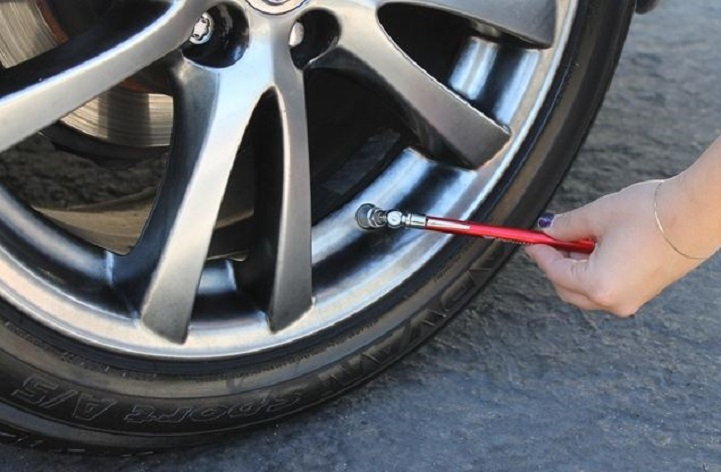
If your ride isn't necessarily rough, but it seems to be way too bouncy, read on.
Step 2 – Check your shocks and struts
Excessively bouncy ride could be a result of worn shocks, springs, or as simple as the driving mode you are in.
If your ride is particularly bouncy, you could have some worn shocks or springs. Fortunately, these are not too difficult to address as a DIY job in your own garage. The quick and easy method is to bounce each corner of the car and see if it bounces back excessively. You may also want to jack up the car, take off the wheel and look for signs of oil leaking from the shocks and struts.
If you have the adjustable magnetic ride option in your A3, double check your ride settings. You may have it set in comfort mode; if so, switch it over to auto. Your ride will be lot more firm and stiff.
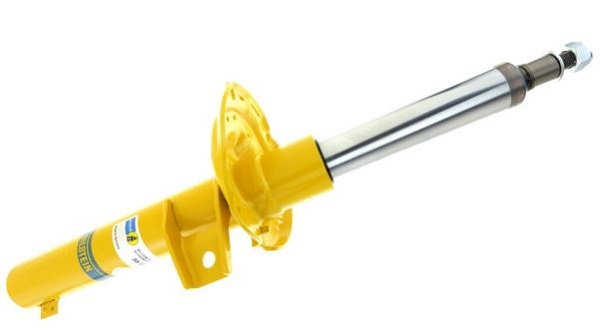
If your issue isn't that your ride is bouncy, but that you have way too much body roll into the corners, you have a couple of things to check.
Step 3 – Check rear springs or upgrade sway bar
Sometimes the shipping blocks could have been forgotten and left in your springs; otherwise, an upgraded sway bar will do the trick.
If you have excessive body roll going into the corners, you may have a simple problem with an equally simple solution. In some cases, the dealership has forgotten to remove the shipping blocks packed into the rear springs to protect them on their long journey to the States. These are easily seen with a quick peak under your car. If you find them still inside the springs, remove them or have the dealership remove them for you.
If this was not your problem, or the problem was not fixed after you removed the blocks, it may not really be a problem. The stock rear sway bar for US cars favors understeer and a comfortable ride, but you can easily replace it with a high performance sway bar, which is slightly stiffer. Less body roll in the rear will deliver more neutral cornering, and only slightly effect the ride, and even then only in corners. The rear sway bar is relatively inexpensive and is a very easy DIY job.
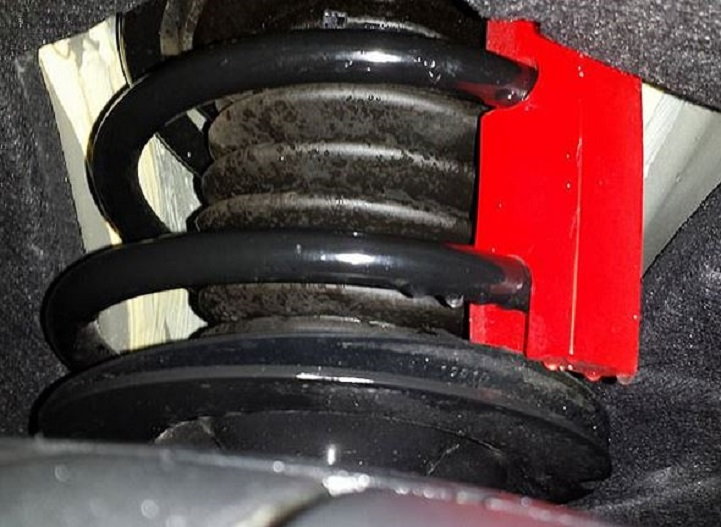
If your problem isn't with excessive roll, but with irregular steering or tracking issues, your problem may require a trip to the dealership.
Step 4 – Replace/reprogram your steering rack
Wobbly steering, tracking or pulling to one side or the other can be indicative of a defective steering rack.
One of the more common issues with these vehicles is a factory defective steering rack. As odd as it may sound, this has been a problem reported by several forum members. The rack needs to be replaced and then the steering system reprogrammed. This will make a dramatic improvement in your steering performance and responsiveness.
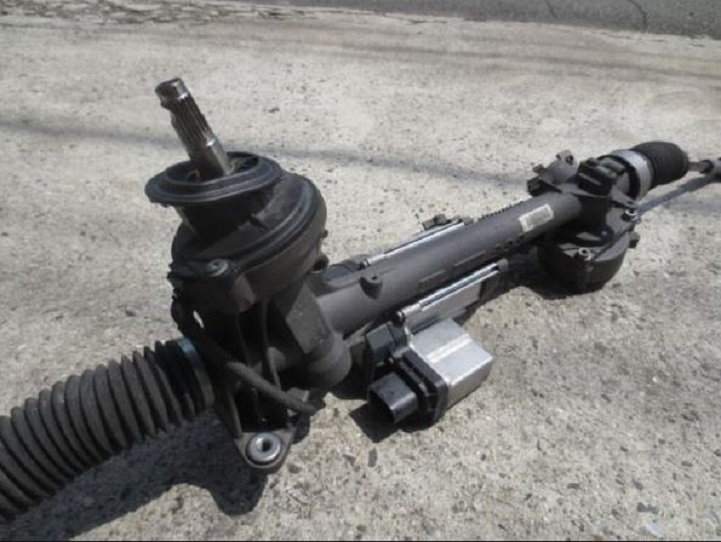
If your rack is good but your tires are wearing funny, you may just need an alignment.
Step 5 – Check for tire wear patterns
A poor front or rear alignment can effect all aspects of handling, and usually displays odd tire wear.
If your steering is simply pulling to one side or the other, your car turns left easier than it turns right, or your tires are wearing excessively and in odd patterns, you may just need an alignment. Look at the chart below for tire wear patterns and their associated alignment and suspension issues.
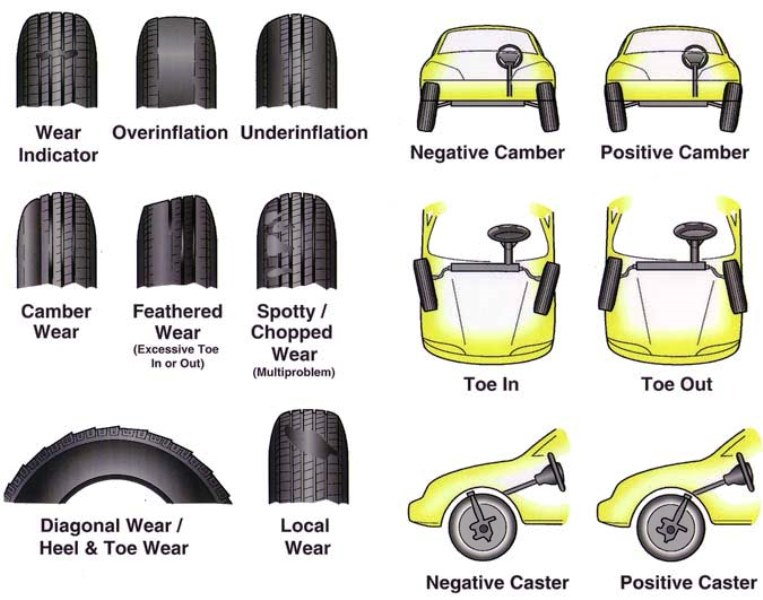
Related Discussions
- S3 Sort of Squirelly Behavior - AudiWorld
- Sway Bars and Other Suspension Components - AudiWorld
- Excessive Tire Wear - AudiWorld
- Harshness of Sports Suspension? - AudiWorld






